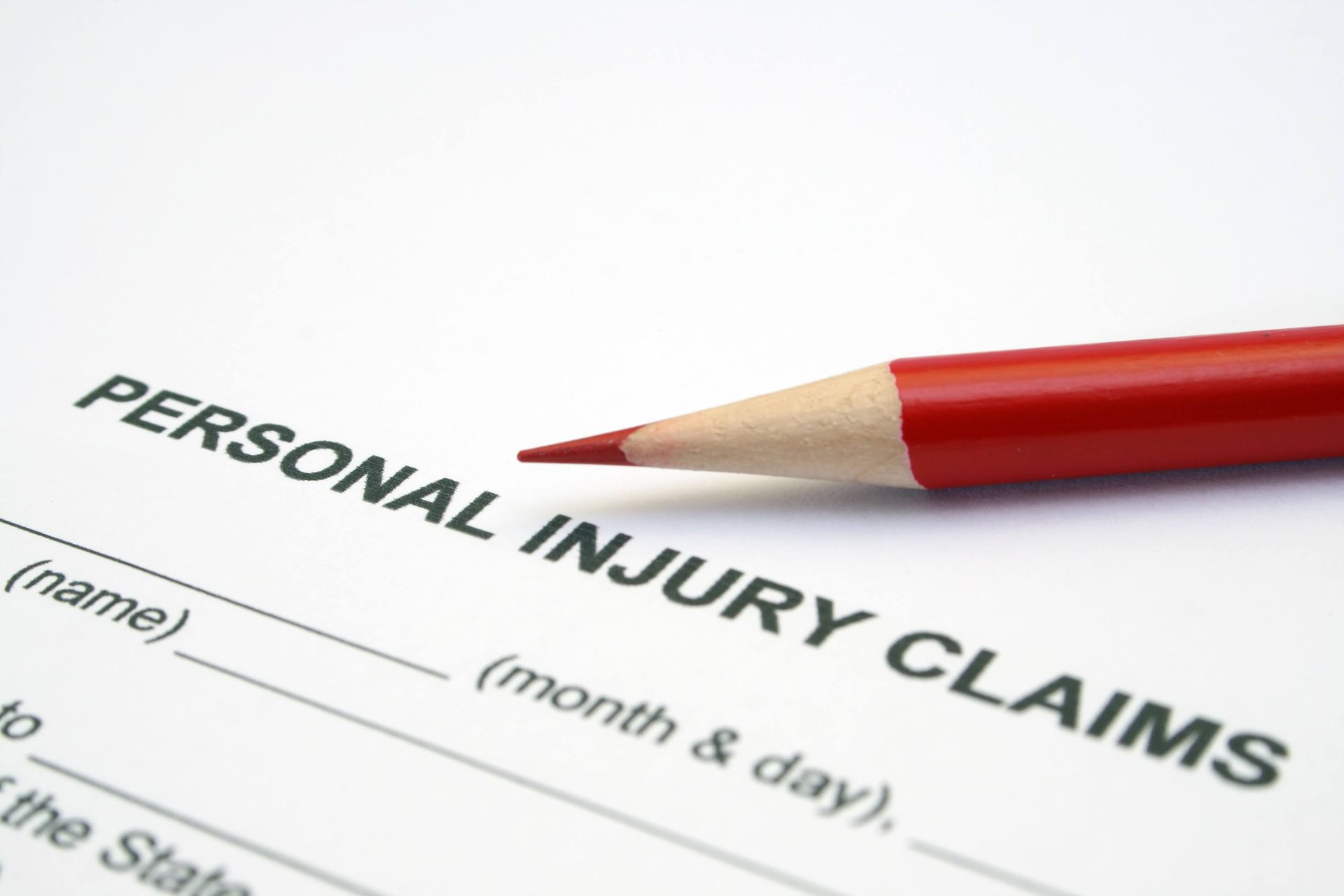The Impact Of Pre-Existing Conditions In Injury Claims

Getting hurt in an accident is tough enough, but what happens when you already had an injury or illness before the accident? This is what lawyers call a "pre-existing condition," and it can change how a personal injury case goes. This blog will help you understand how these conditions might affect your claim and what you can do about it.
The Key To Understanding Pre-existing Conditions
A pre-existing condition is any kind of health issue you had before the accident. It might be an old sports injury, a long-term illness, or anything else that affects your health. In a court case for an injury, the person or company that's being blamed for your injury might say that your old health issues are the real reason you're hurting, not the accident.
It's like if you had a scratch on your car before someone hit it. The person who hit your car shouldn't have to pay for the old scratch, just the new dents. In the same way, the insurance company might not want to pay for the pain from your old injuries.
The Impact of Pre-existing Conditions and Your Claim
When you tell the court about your injury, they will want to know all about your health before the accident. This is where things can get tricky. The insurance company might look through your medical records to find any old problems. They do this to show that your injury was not their fault. But here's the thing: if the accident made your old injury worse, they might still have to pay for that.
Let's say you had a weak ankle from playing soccer when you were younger. If you get into a car crash and your ankle gets hurt again, the other side might have to pay if they caused the crash. But you will have to show that the accident made your ankle worse than it was before.
The Eggshell Skull Rule
There's a legal principle known as the "eggshell skull" doctrine that's quite relevant in personal injury cases. This rule asserts that a party responsible for causing harm must accept the injured person's condition as it is.
To put it simply, if you had a pre-existing vulnerability akin to an "eggshell," and someone's actions exacerbated your condition, the responsibility lies with them. Therefore, even if your prior injuries made you more susceptible to harm, the individual or entity at fault for the recent injury may still be accountable for the additional damage caused.
The Difficulty Proving Pre-Existing Conditions
To show that the accident hurt you more because of your pre-existing condition, you'll need solid proof. That might mean getting your doctor to talk about how your health was before and after the accident. It can also mean showing your medical records to the court. Here are some tips that can help prove the extent of your pre-existing condition.
- Be honest about your medical history.
- Get your doctor's help to show how the accident changed your health.
- Keep good records of all your doctor visits and treatments.
Just because you were hurt before doesn't mean you don't have a good case. With the right help, you can still get what's fair.
The Need for Legal Help
Working with a lawyer can make a big difference in cases with pre-existing conditions. They know how to show that the accident made your health worse and how to fight against the insurance company's tricks. A lawyer also helps you avoid making mistakes that can cost you throughout your personal injury claim.
The Next Step
If you've been hurt and have old injuries or sicknesses, talking to a lawyer at Jones, Boykin & Associates, P.C. should be your next step. They can help you understand how your pre-existing condition affects your case and what you can do about it. Remember, your past health issues shouldn't stop you from getting what's fair. If you're ready to talk about your case, reach out for help today.